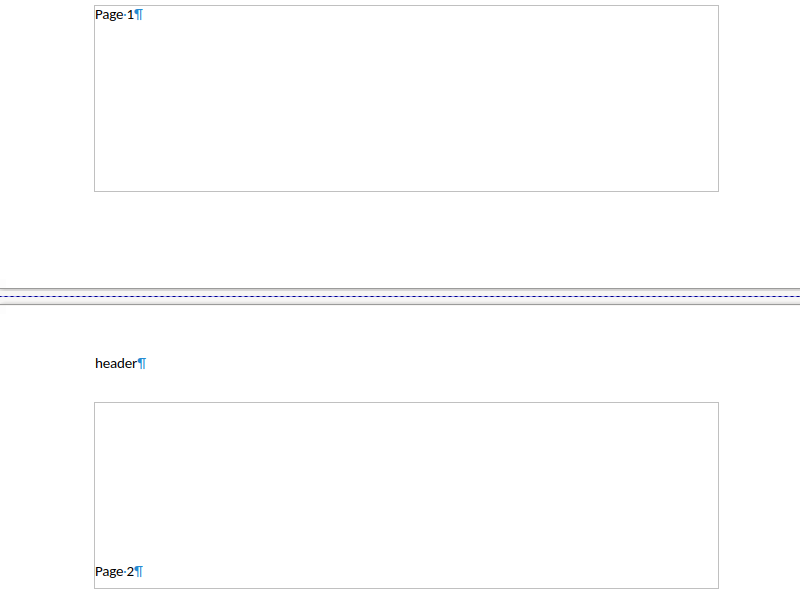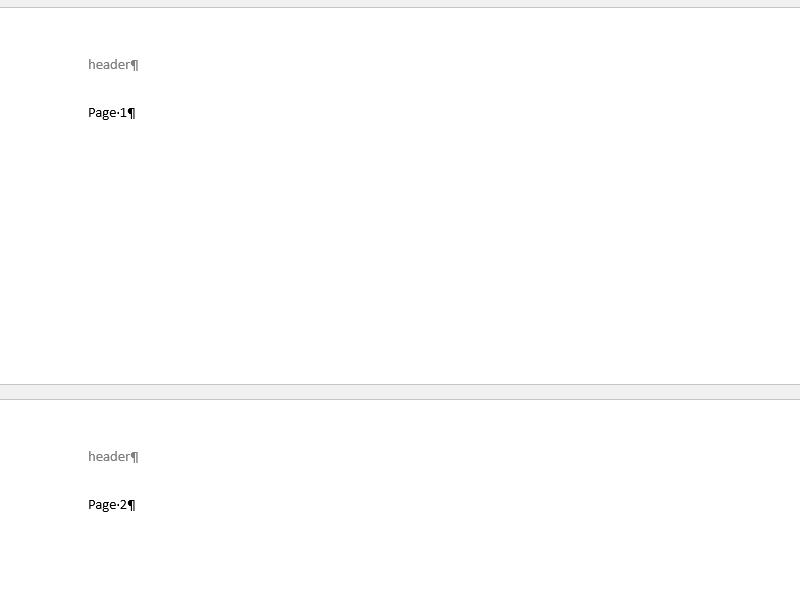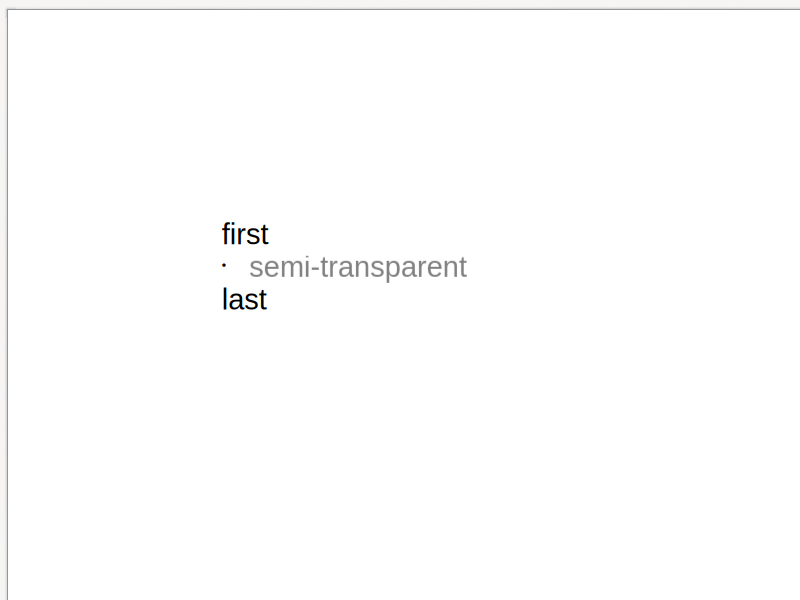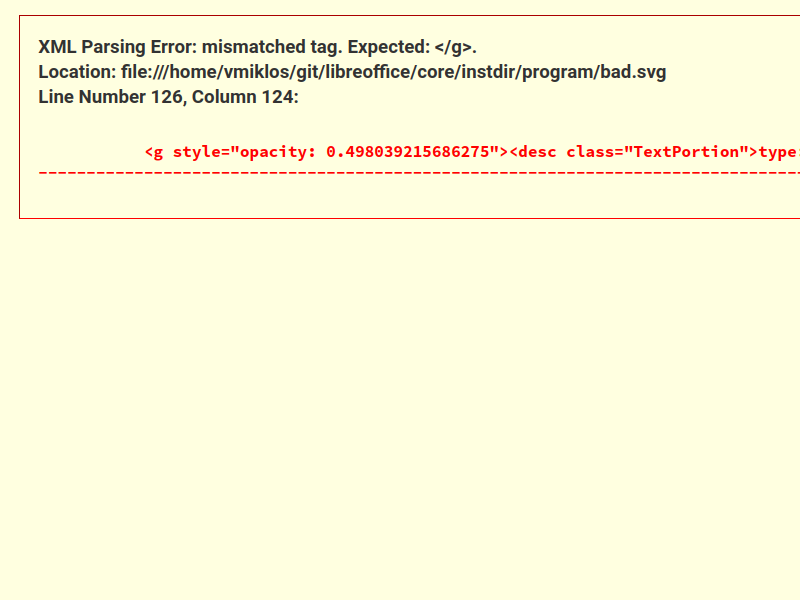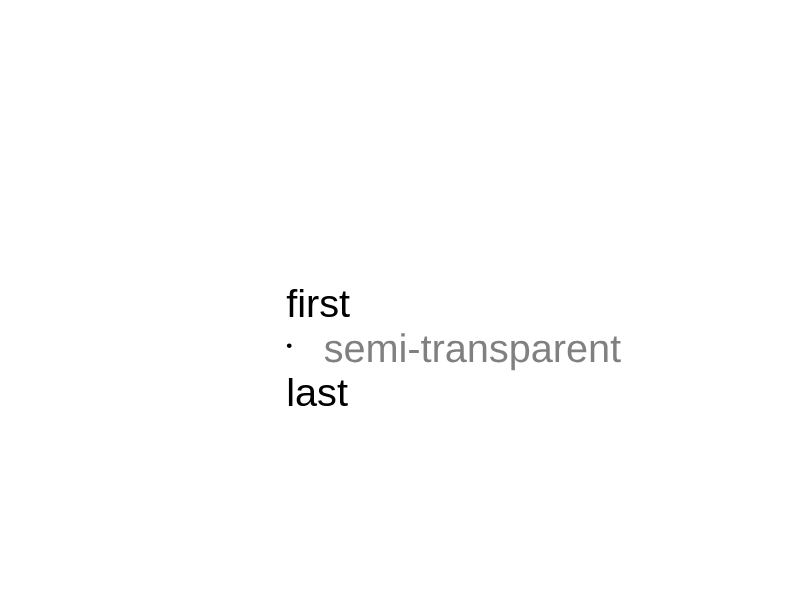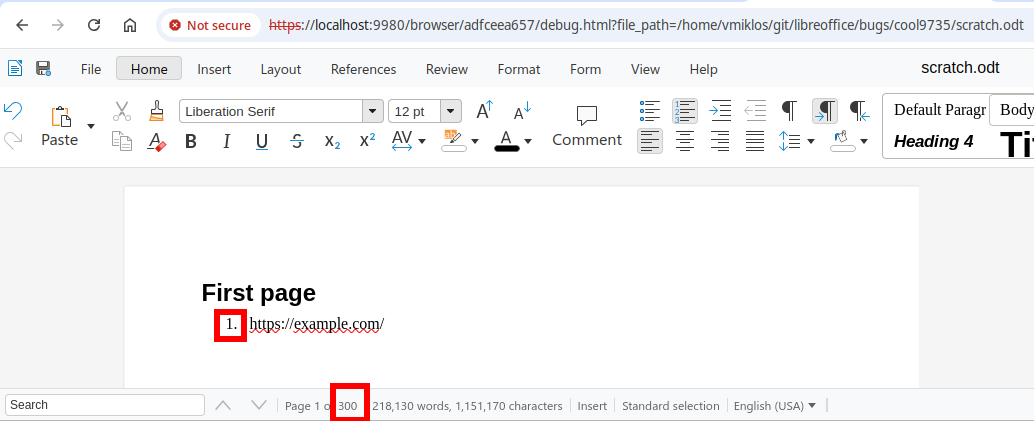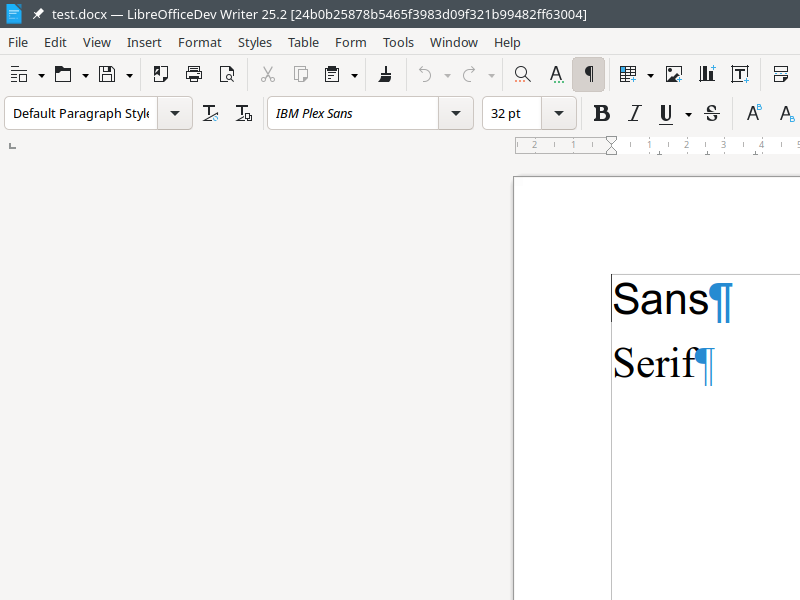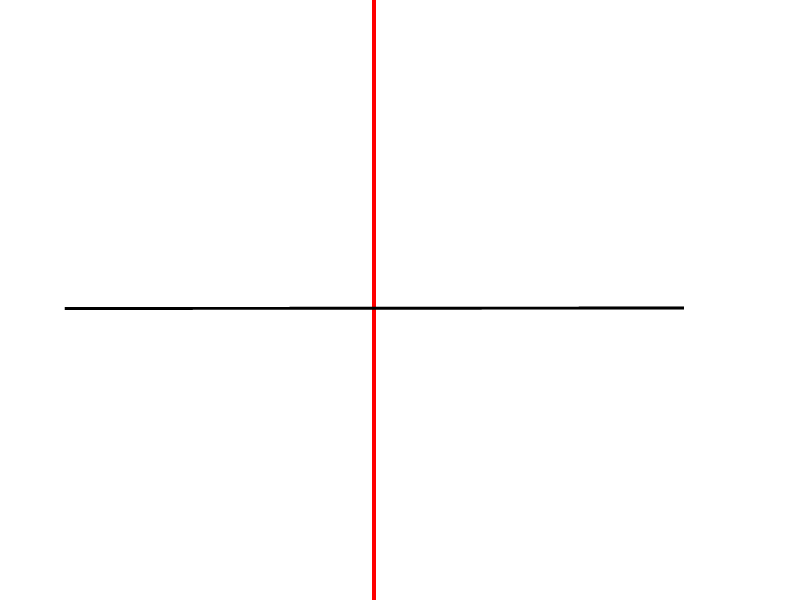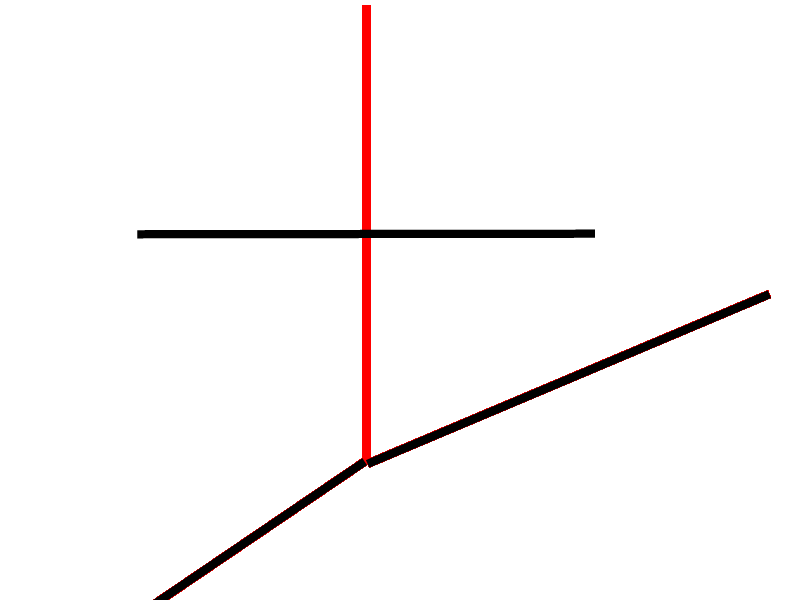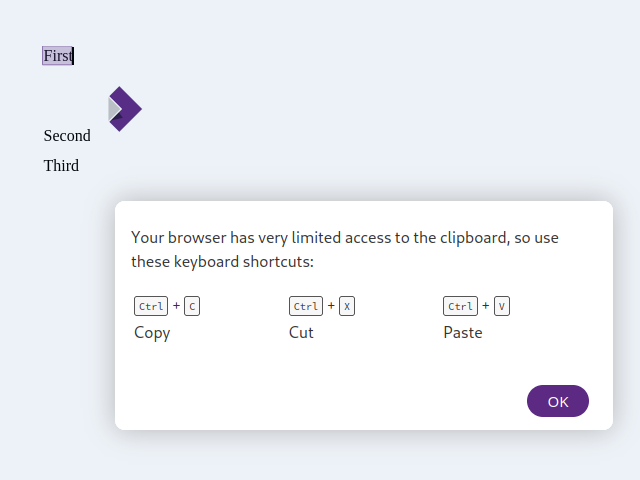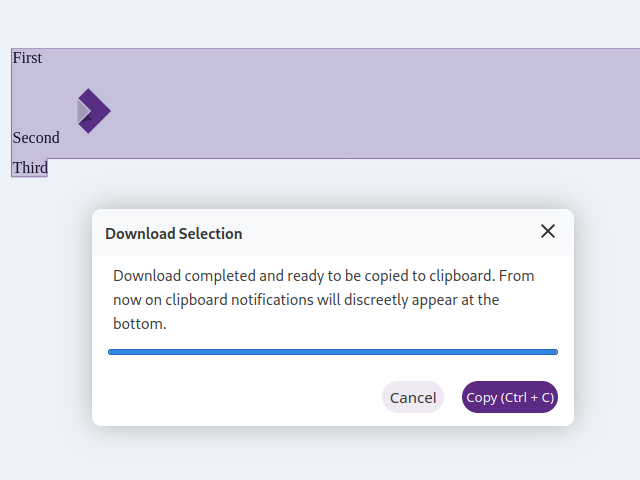Estimated read time: 3 minutes
Collabora Online now takes the visible area (viewport) of large Writer documents into account in more cases, leading to better performance & interactivity.
Motivation¶
Collabora Online has two kinds of "visible areas" for a document: on one hand, the entire document is visible, so in case any part of the document changes, the browser client gets notified; on the other hand, there is a viewport in the web browser, and keeping that up to date is a priority, compared to the rest of the document.
There were some cases in the past where we handled the entire document with the same priority, leading to slower than ideal update times on the UI.
Wouldn't it be nice to always update the visible part first, and only then deal with the rest, on idle?
Results so far¶
When looking at this topic, we noticed a cluster of problems:
First, consider the case of a long (~300 pages) document, where you insert a page break at the start and wait for the update of the visible area. The entire document layout (now 301 pages) were calculated, and now we do this for the visible area synchronously (and the rest on idle). This operation is now about 19 times faster.
Second, loading a long document calculated the entire layout before showing the first page. This is now improved, the document loading time itself at a LOK API level for such a long document is now about 5 times faster.
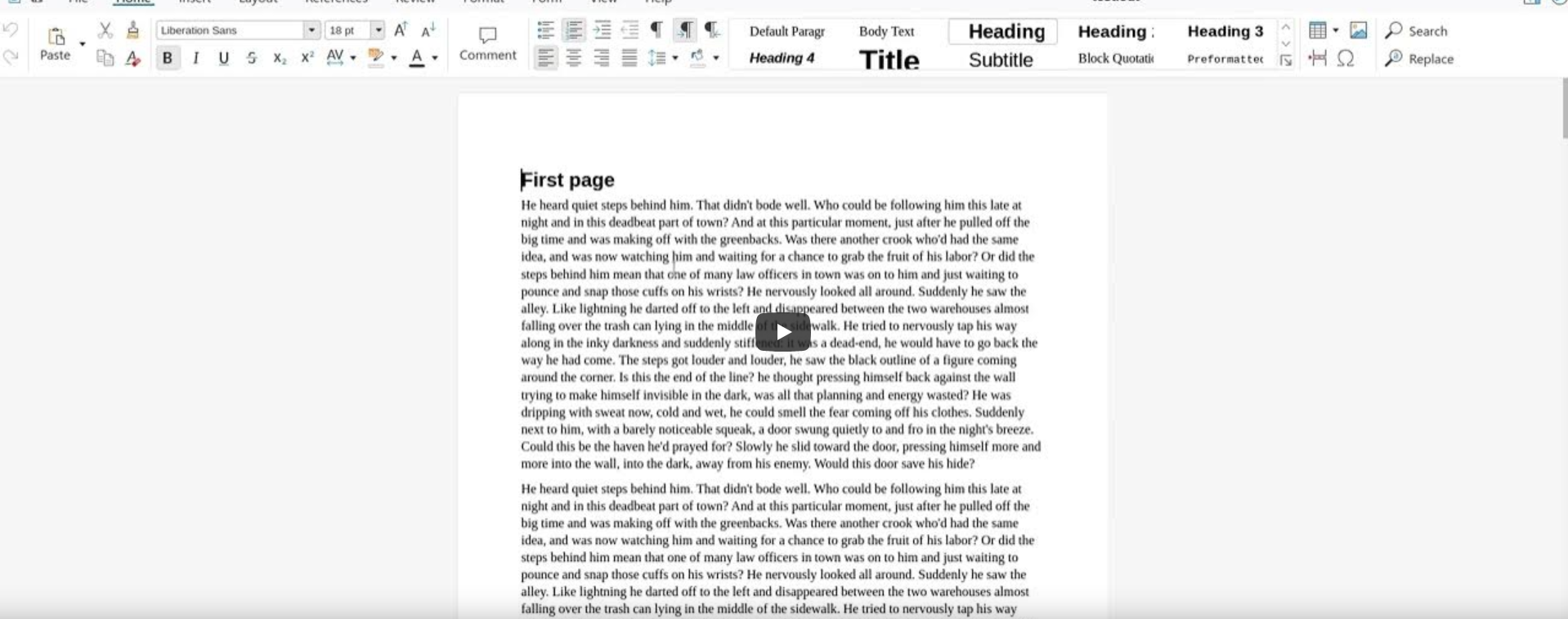
Third, COOL didn't consider the priority of core tasks when interrupting to do its own work (COOL's document editing process and LibreOffice core shares the same main loop). Now we do this, categorizing the core tasks into "high priority" and "low priority" buckets and we only interrupt when core doesn't have high priority tasks any more (this is only in 25.04).
Fourth, there was no easy access to a large Writer document during development. Now make run
COOL_WRITER_LARGE=y allows opening a long document in your local browser for development / testing
purposes.
How is this implemented?¶
If you would like to know a bit more about how this works, continue reading... :-)
As usual, the high-level problem was addressed by a series of small changes:
- cool#11064 kit: send the client's visible area during file load
- cool#11064 kit: check for callbacks & wsd socket in the anyInput callback
- cool#11064 any input: conditionally consider priority of core tasks
- cool#11064 any input: add page insert testcase
- cool#11064 test: support creating a large Writer document with many pages
The tracking issue was cool#11064.
Want to start using this?¶
You can get a development edition of Collabora Online 24.04 and try it out yourself right now: try the development edition.
